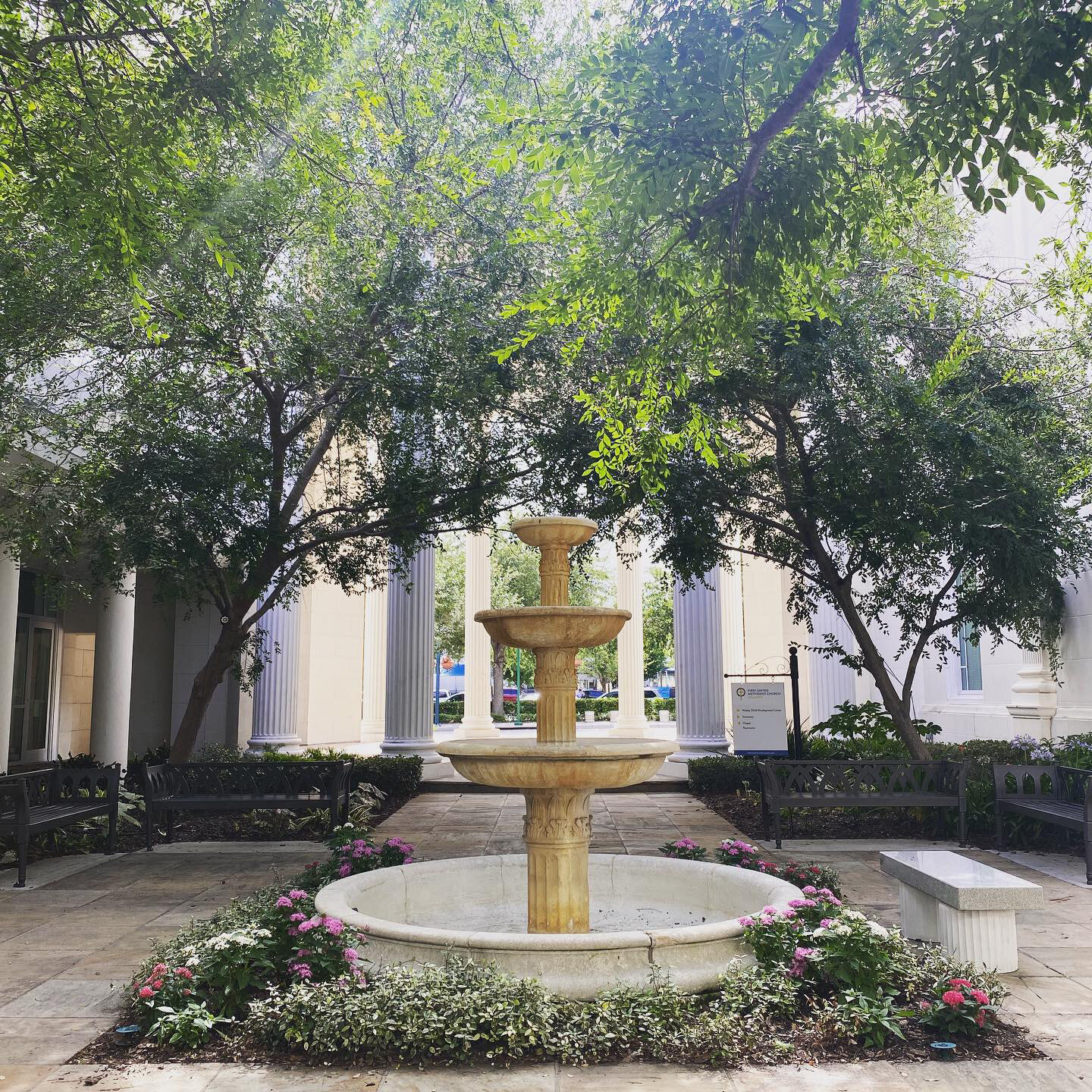This is what you have to do to pass the American Guild of Organists Fellowship Exam
Me enjoying the beach!
I spent the past week in Florida. I stayed with my mom in Melbourne, Florida for a few days. Then we both traveled to Orlando so that I could take the exam at St. Luke’s Episcopal Cathedral.
The American Guild of Organists offers multiple levels of certification from entry-level to advanced.
Service Playing Certificate
Colleague Certificate
Associate Certificate
Fellow Certificate
The fellowship exam is split into 2 major sections. You must get at least 70% overall and 50% on each individual “F” item.
Tests at the organ
Paperwork tests
The Atlantic Ocean at Melbourne Beach
The Schleuter organ at Advent Lutheran Church in Melbourne, Florida where I practiced for a few days
Section 1: Tests at the organ
F1. (40 points)
St. Luke’s Episcopal Cathedral, the site of the exam
Play the following pieces after 3 hours of registration/practice on the exam instrument:
Dieterich Buxtehude: Magnificat Primi Toni, BuxWV 203
J.S. Bach: Christ, unser Herr, zum Jordan kam, BWV 684, from Clavierübung III
Charles-Marie Widor: Allegro (first movement)from Symphonie VI
Gerre Hancock: Schönster Herr Jesu from A New Liturgical Year
F2. (10 points)
Play a passage of organ music at sight.
F3. (15 points)
Play at sight a passage of music in open score on four staves employing C clefs (soprano, alto, and tenor) and bass clef.
F4. (10 points)
Arrange at sight for the organ the piano accompaniment of a vocal score (which itself may be a reduction of an original accompaniment for orchestra).
F5. (10 points)
Transpose a passage of music, not more than a major third in either direction.
F6. (15 points)
Improvise a short piece (approximately two minutes in duration) in ternary form on a given theme. The candidate will supply a recognizable contrasting motif for the middle section. Clarity of form and structure will be expected.
SECTION 2 – Paperwork Tests
First Session (3.5 hours allowed)
Post-exam visit to the pub!
F7. (20 points)
Counterpoint: Candidates should be prepared to analyze examples, respond to questions, and write brief examples of counterpoint in 16th- century style.
F8. (15 points)
Fugue: Candidates should be prepared to analyze examples, respond to questions, and write brief examples of 18th-century fugal composition.
F9. (15 points)
Essay: Write an essay on one of three given topics concerning the life and music of Max Reger.
This huge pretzel was delicious…
Second Session (3.5 hours allowed)
F10. (15 points)
Ear Tests: (A) Write down from dictation a short passage in four parts, for which the key and time signature will be announced and the tonic chord played. (B) Write down from dictation a short passage of two-part counterpoint, for which the key (but not the time signature) will be stated and the tonic chord played. Test A will be played five times, Test B four times. One minute maximum is allowed between each playing.
F11. (15 points)
Orchestration: Demonstrate knowledge of the capabilities of orchestral instruments, the craft of orchestration, and the historical stylistic use of the orchestra through responses to questions, analysis of examples, the transcription of a brief passage for orchestra or ensemble, and/or the reduction of an orchestral score for performance on the organ.
F12. (20 points)
Composition: Write a composition for unaccompanied voices on a given text. The length will be specified. Imaginative use of the tools of composition will be expected.
A reflective moment in Orlando in the courtyard of First United Methodist Church.













